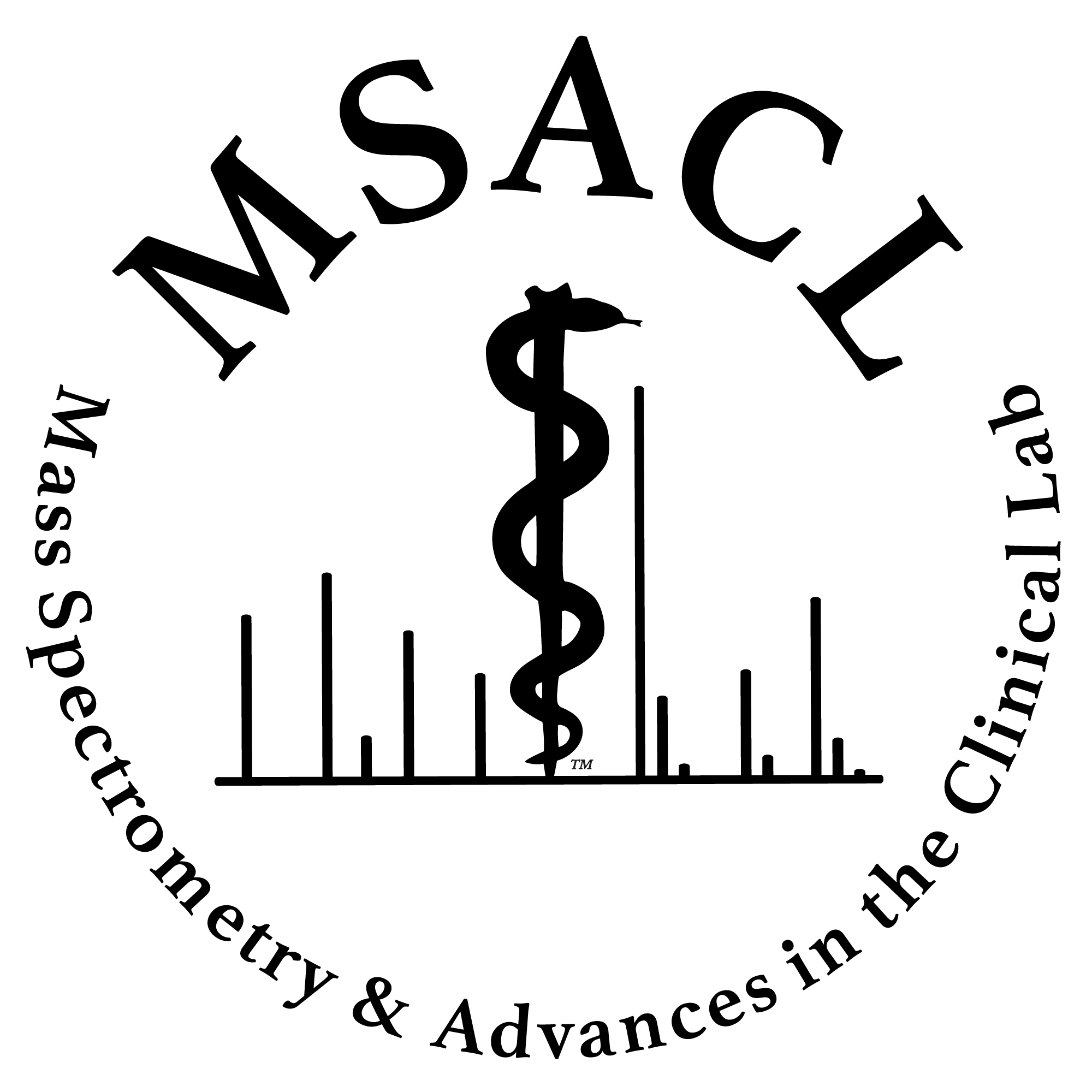MSACL 2023 Abstract
Self-Classified Topic Area(s): Tox / TDM / Endocrine > none > none
|
|
Poster Presentation
Poster #35b
Attended on Thursday at 12:30
|
|
 The Price of Exclusion: What Gets Lost When We Don’t Hydrolyze Urine and Ignore Sulfatase? The Price of Exclusion: What Gets Lost When We Don’t Hydrolyze Urine and Ignore Sulfatase?
Ahmed Najar (1), Caleb R. Schlachter (2), Linda L. Grimes (2), Mirna M. Maamou (2), Lilly Lim (1), Alan H.B. Wu (1), Kara L. Lynch (1)
(1) University of California, San Francisco, CA (2) IMCSzyme, Irmo, SC
|
Presenter Bio: Trained as an engineer, I gravitated towards natural products chemistry in grad school to find myself in clinical chemistry thanks to MSACL. When I'm not troubleshooting a MS, I'm enjoying nature through hiking and swimming |
|
|
|
|
Abstract Introduction:
Many toxicology LC-MS/MS panels have been streamlined by the “dilute and shoot” method for ease of use and the capacity to see both drugs and their conjugates. Labs that hydrolyze tend to only use β-glucuronidase, however drug metabolites can be present as glucuronides and sulfates.
Objective: To evaluate what drug metabolites are missed when using a dilute-and-shoot method for comprehensive drug testing in the clinical setting.
Methods:
Sixty patient samples that tested positive for drugs by routine toxicology testing in a clinical laboratory were selected for evaluation. After hydrolysis optimization, the samples were run by LC-HRMS unhydrolyzed (Neat) and hydrolyzed separately with β-glucuronidase and aryl-sulfatase (IMCSzyme®). Briefly, a hydrolysis mix containing enzyme and buffer was added to an equal volume of urine and left to hydrolyze for 60 min at room temperature, though 15 min is enough for the glucuronidase. The hydrolysis mix was then mixed in acetonitrile (3:1) to precipitate the enzyme. After centrifugation, an aliquot of the supernatant was then diluted 5x in mobile phase A. Subsequently, samples were analyzed using the comprehensive drug test by LC-HRMS in the clinical laboratory at San Francisco General Hospital. A Phenomenex Kinetix method C18 (50x3 mm, 2.6µm) was used for the separation with a 15 min gradient of 5 mM ammonium Formate, 0.05% formic acid as MPA and a mix of methanol and acetonitrile (1:1) with 0.05% formic acid as MPB. Data was acquired on ABSciex TripleTOF®5600 in positive-ion HRMS full scan mode with IDA triggered acquisition of HRMS product ion spectra was used for mass detection. PeakView® (AB Sciex) were used for targeted data analysis where an in house library of 274 drugs and metabolites.
Results:
Across all patient samples, 65 drugs and their metabolites were identified. Samples differed quantitatively and qualitatively for certain compounds. Notably THC metabolites and buprenorphine were only seen in the β-glucuronidase hydrolyzed samples, whereas MDMA metabolites were exclusive in sulfatase digests. We also saw the patient-to-patient variability characteristic of enzymatic digestion in other compound classes. There were no exclusive compounds in the neat samples.
Conclusion:
A combined hydrolysis could ensure a larger capture of some drug metabolites which could make up for the need of running the non-hydrolyzed sample and seeing both drugs and conjugates.
|
|
Financial Disclosure
| Description | Y/N | Source |
| Grants | no | |
| Salary | yes | UCSF |
| Board Member | no | |
| Stock | no | |
| Expenses | no | |
| IP Royalty | no | |
| Planning to mention or discuss specific products or technology of the company(ies) listed above: |
no |
|

